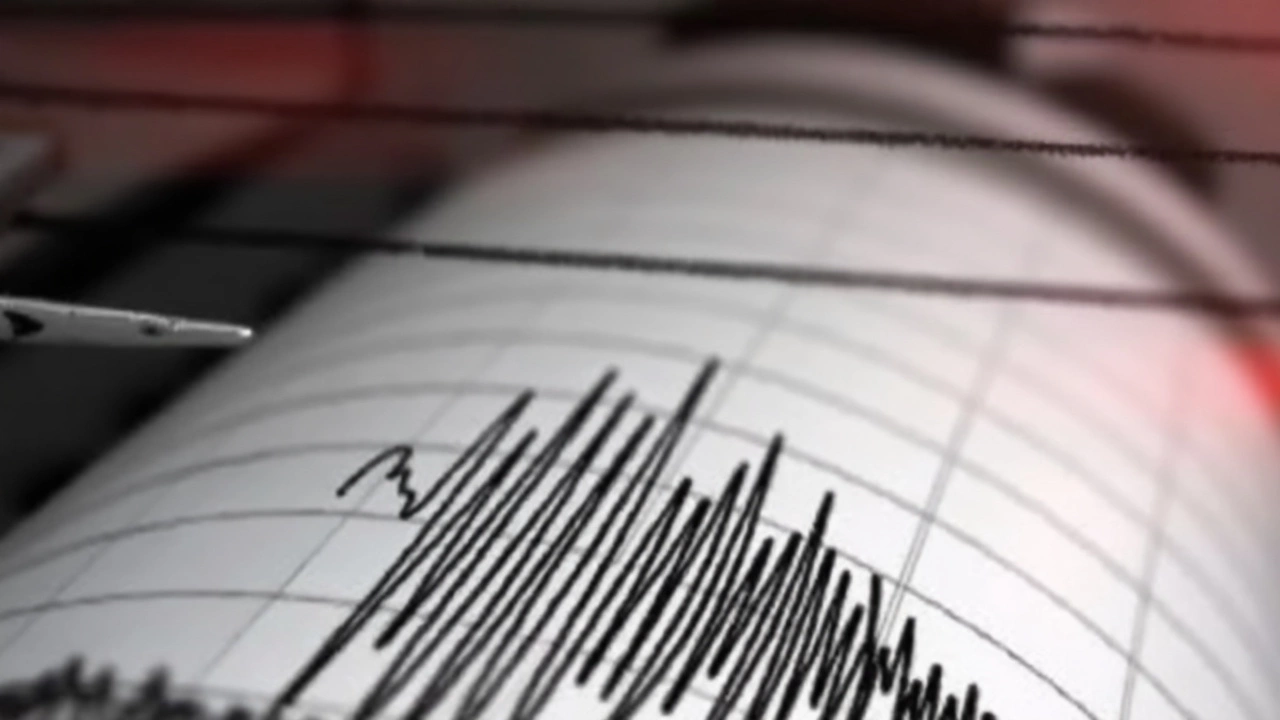Delhi on the Brink: Major Earthquake Threat Looms Over the Capital
If a 7-magnitude earthquake struck Delhi tomorrow, experts say the city could turn into a disaster zone — fast. The National Center for Seismology (NCS) recently flagged Delhi's grave vulnerability, warning that nearly 80% of buildings might not survive the violent ground shaking. That's not a random guess. Decades of urban sprawl, old construction habits, and the city's infamous proximity to active fault lines make this a very real scenario.
Delhi sits uncomfortably within Seismic Zone IV, one of the highest-risk regions in India. This is not just a technicality on some geological map: the ground beneath Delhi is connected to a deep, centuries-old fault — the Himalayas are literally pushing against the city. Over time, this builds up enormous tectonic stress, setting the stage for a quake that could change everything in seconds.
The warnings are getting louder. Earlier this year, a 4.0-magnitude tremor rattled the city, its epicenter recorded near Dhaula Kuan. While minor compared to the doomsday scenario, it was a wake-up call. These regular shakes are tied to the Aravalli-Delhi Fold Belt, a notorious fault line running right under the city. Imagine the power locked beneath our feet, waiting to be unleashed. That’s what keeps scientists and disaster planners awake at night.
Roger Bilham, a respected geophysicist who has tracked Himalayan earthquakes for years, recently doubled down on the warning: a mega-earthquake around Delhi-NCR isn’t just possible, it’s inevitable. In the capital’s packed neighborhoods and high-rise clusters, the consequences could be catastrophic. Think water pipelines bursting, roads splitting, and essential services collapsing just when people need them most. And with nearly 80% of Delhi’s buildings not designed or reinforced for such shocks, the human toll could be devastating.

The City’s Fragile Backbone: Urgent Need for Retrofits and Public Preparedness
The risks stack up. Unlike Japan or California, Delhi’s building codes for earthquake resistance have lagged — especially in older neighborhoods. While modern structures are stronger on paper, many towers, offices, and apartment blocks have never gone through a true seismic audit. The Delhi Development Authority (DDA) admits the backlog is massive.
- Old buildings: Thousands were built before seismic guidelines became standard, meaning weak foundations and brittle materials.
- Infrastructure gaps: Schools, hospitals, and bridges often have limited retrofitting, making casualty numbers jump in a real crisis.
- Poor awareness: Most residents don’t know what to do when a quake actually hits. Panic, not preparation, is the most common response.
Disaster management agencies argue that education is as vital as engineering fixes. People need drills, not just rules. Authorities are now rolling out public awareness campaigns in schools, offices, and residential colonies, hoping that knowledge will save lives when infrastructure can’t.
Still, every new tremor brings fresh anxiety. The population keeps growing, and informal construction never really stops. With internal faults and urban chaos piling on the city’s natural instability, Delhi sits on borrowed time. When — not if — the big one arrives, the scale of damage will depend on choices made today: audits, retrofits, and, above all, whether people know how to respond amid the shaking.
